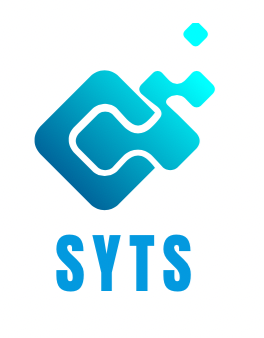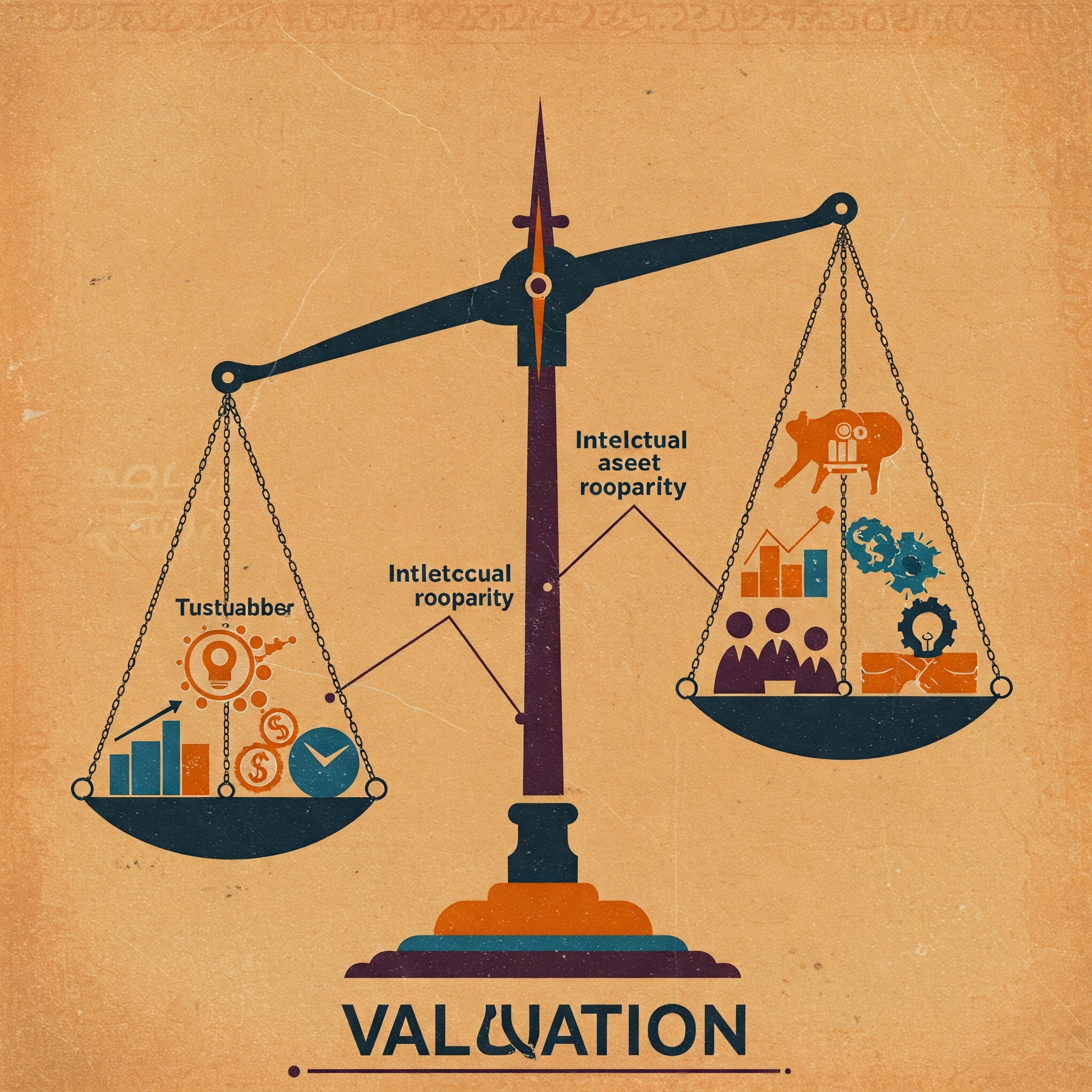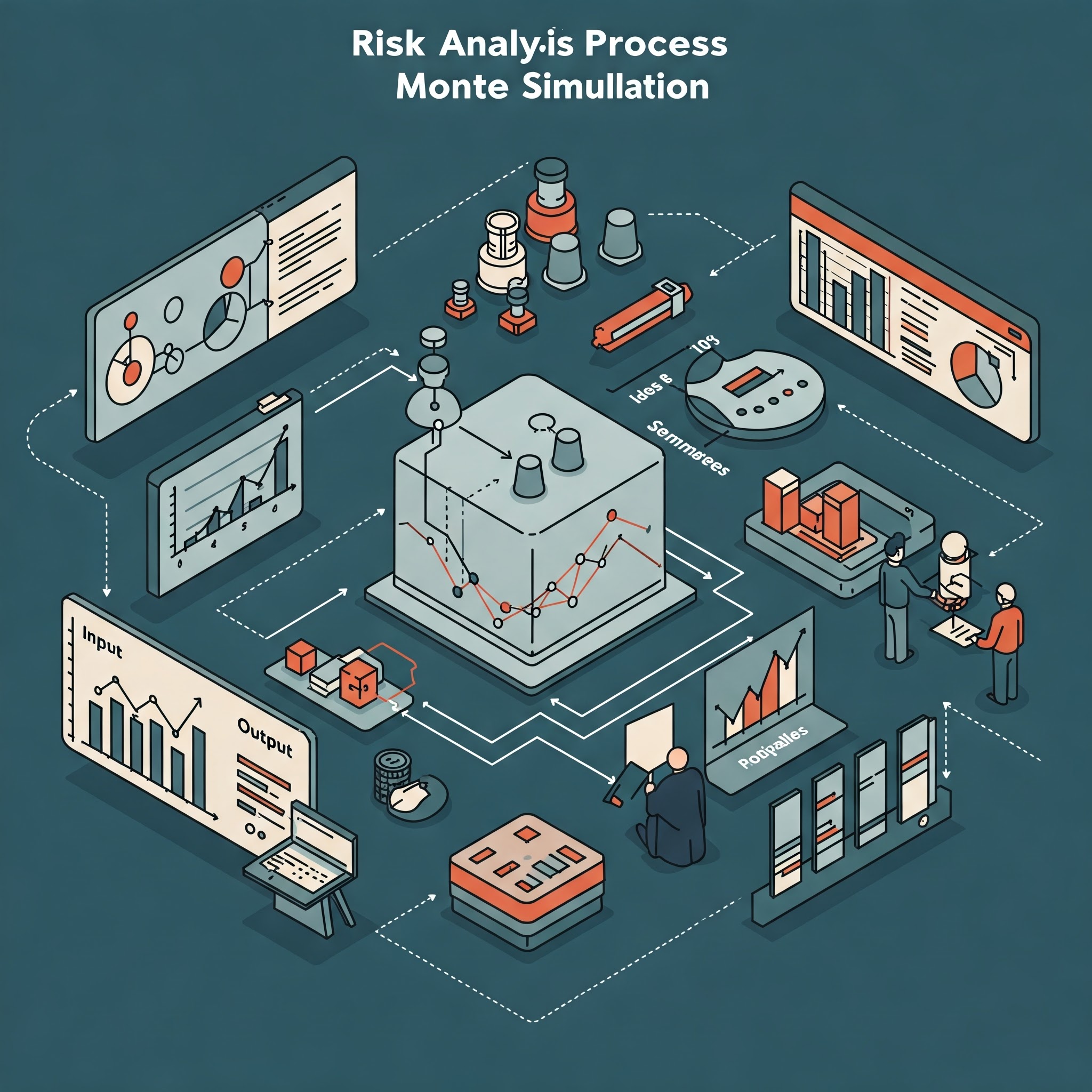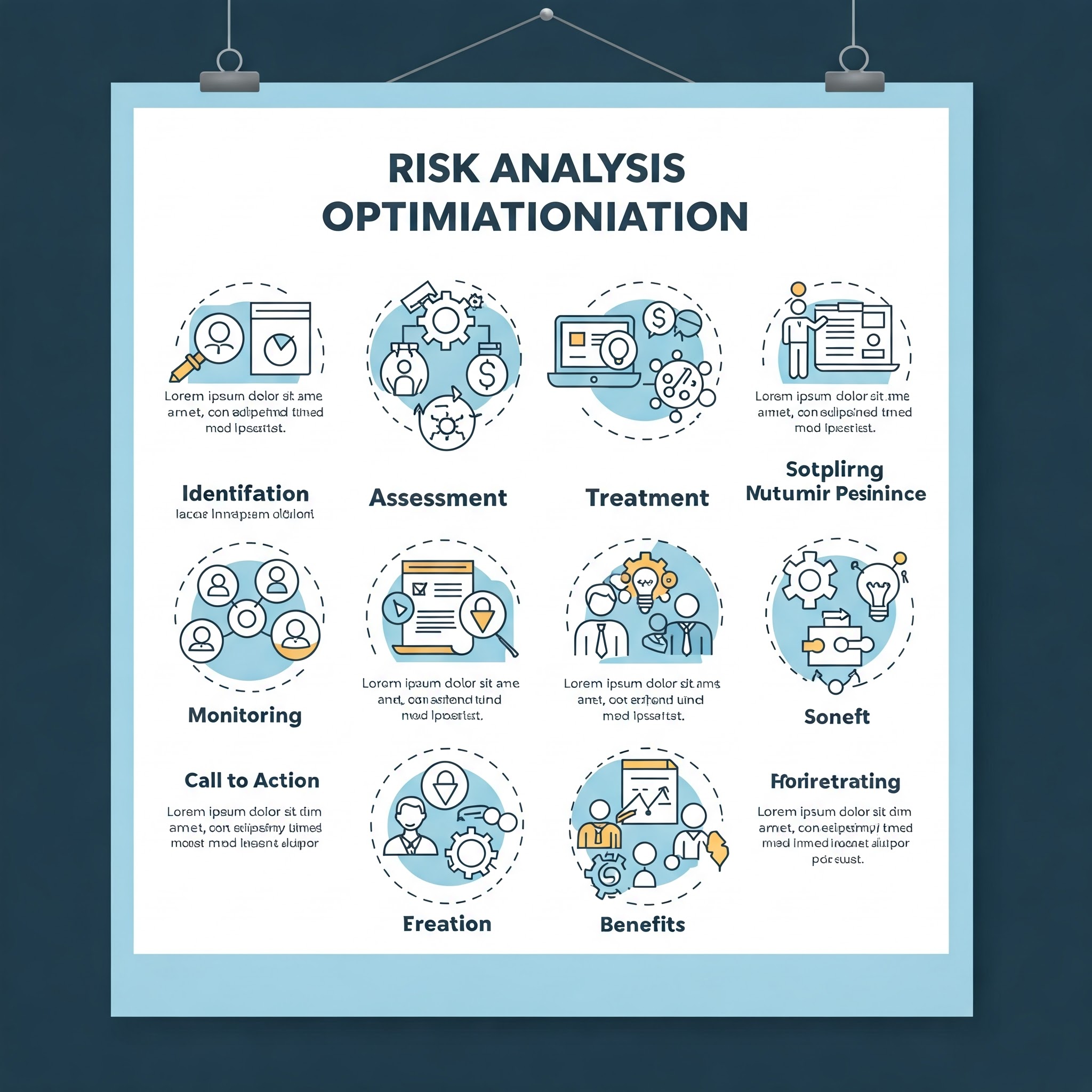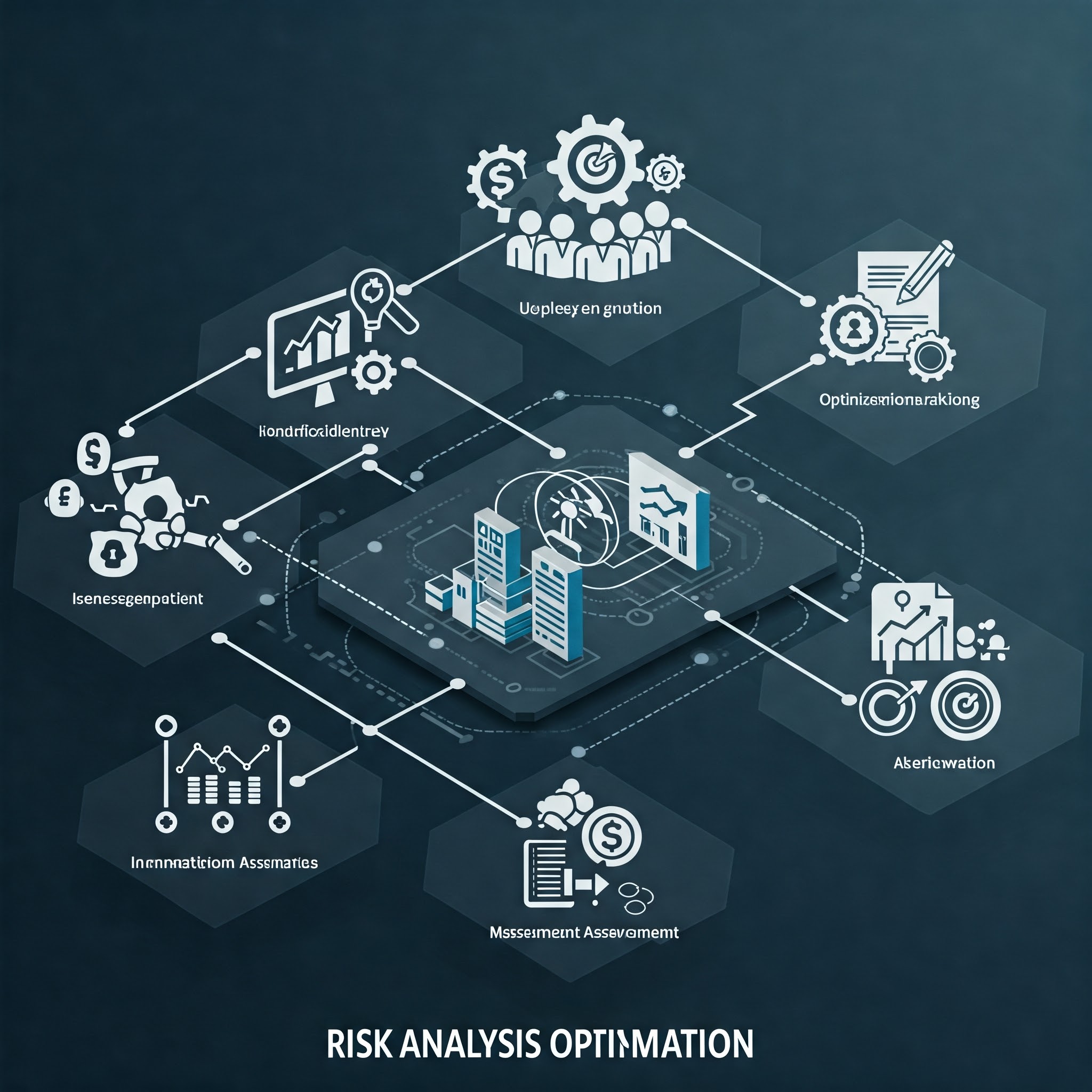
Busines Plan Elaboration
Executive Summary
Business concept, goals, and key success factors
Summary of feasibility findings (for the feasibility study)
Market Analysis
– Industry overview
– Target market definition and segmentation
– Market size, trends, and growth potential
– Customer needs and behavior
– Competitive analysis (SWOT, Porter’s 5 Forces)
Product or Service —
– Description
– Features, benefits, and value proposition
– Unique selling points (USP)
Intellectual property, R&D (if relevant)
Marketing & Sales Strategy
– Marketing positioning and branding
– Pricing strategy
– Sales channels (direct, online, partnerships)
– Promotion and communication plans
Operations & Management Plan
– Business location and facilities
– Operational workflow and processes
– Supply chain and logistics
– Organizational structure
– Key management roles and responsibilities
Financial Analysis
– Start-up costs and capital requirements
– Revenue model
– Projected income statement, cash flow, and balance sheet
– Break-even analysis
– Funding sources and financial strategy
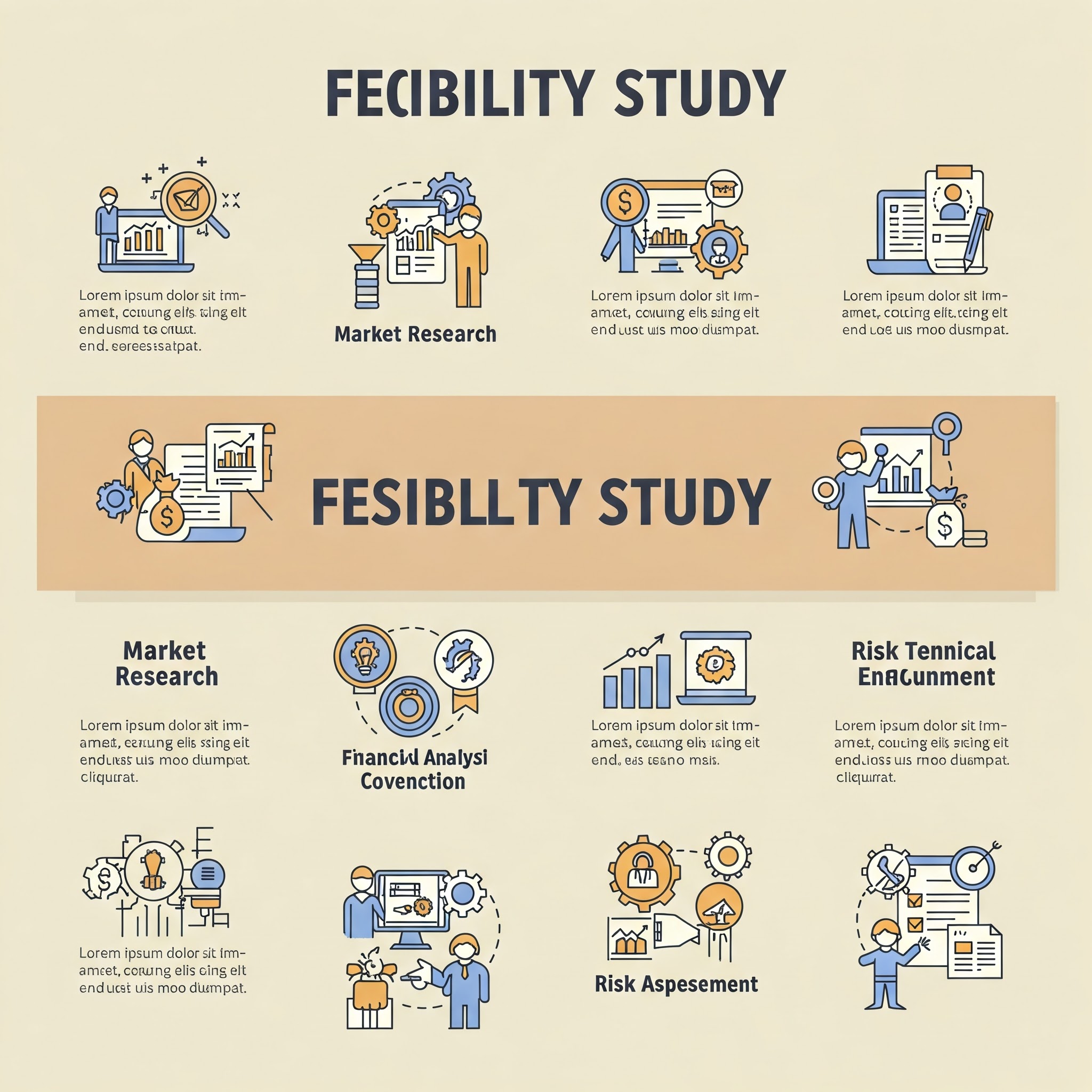
Feasibility Study
Technical Feasibility
– Technology requirements
– Production process capability
– Legal/regulatory compliance
Economic Feasibility
– Cost-benefit analysis
– ROI (Return on Investment) estimation
– Sensitivity analysis (scenarios: best/worst case)
Operational Feasibility
– Availability of resources (human, material, infrastructure)
– Scalability and capacity assessment
Legal Feasibility
Legal structure and constraints
– Permits, licenses, zoning, and regulations
Schedule Feasibility
– Estimated timeline to launch
– Key milestones and deadlines
